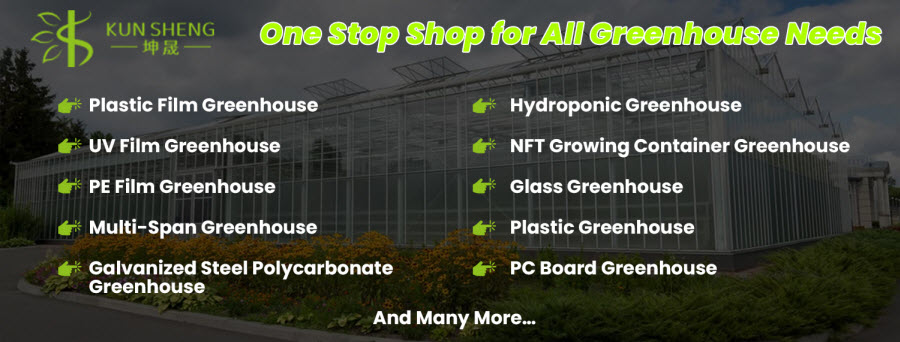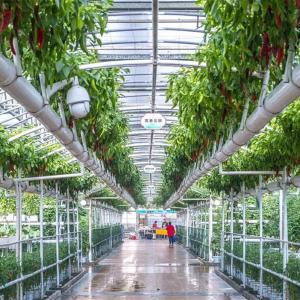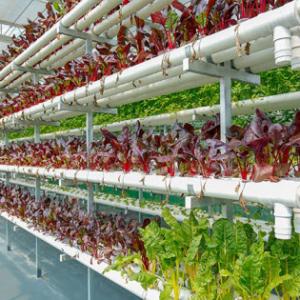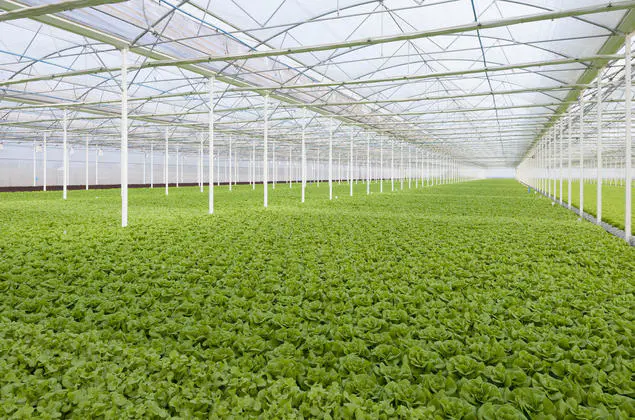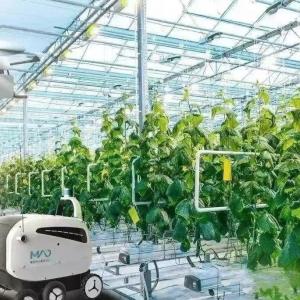Cultivating in the Desert: Challenges and Solutions for Greenhouse Farming in the UAE
Greenhouse farming has revolutionized agriculture by providing controlled environments for year-round cultivation. However, in the United Arab Emirates (UAE), where the desert climate poses unique challenges, greenhouse farming faces even greater obstacles. This article delves into the challenges faced by greenhouse farmers in the UAE and explores innovative solutions and technologies that are being employed to overcome them.
Introduction
Greenhouse farming has been a game-changer in modern agriculture, allowing farmers to control factors such as temperature, humidity, and light, resulting in increased crop yields and quality. However, greenhouse farming in the UAE presents a unique set of challenges due to its arid desert climate.
Challenges in Greenhouse Farming in the UAE
Extreme Temperatures
The UAE experiences extreme temperatures, with scorching heat during the day and relatively cooler temperatures at night. These fluctuations can stress plants and affect their growth and productivity.
Water Scarcity
Water scarcity is a critical issue in the UAE, where freshwater resources are limited. The availability of water for irrigation is a constant challenge for greenhouse farmers.
Salinity
The desert environment in the UAE is characterized by high salinity levels in both soil and water. Excessive salinity can hinder plant growth and lead to reduced yields.
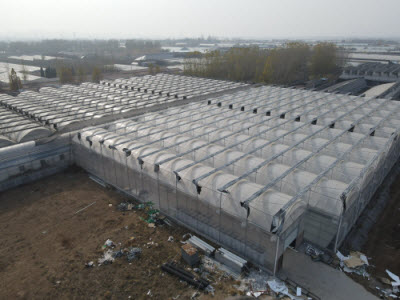
Innovative Solutions and Technologies
Climate Control Systems
Advanced climate control systems are crucial for managing the extreme temperatures in the UAE. Greenhouse farmers use technologies such as evaporative cooling, shade cloths, and automated ventilation to create optimal growing conditions.
Water-efficient Irrigation
To address water scarcity, greenhouse farmers are adopting water-efficient irrigation methods, including drip irrigation and sub-irrigation systems. These techniques minimize water wastage and deliver moisture directly to plant roots.
Hydroponics and Aeroponics
Hydroponic and aeroponic systems are gaining traction in the UAE's greenhouse farming. These soil-less cultivation methods conserve water and allow for precise nutrient delivery, resulting in faster growth and higher yields.
Collaborative Initiatives and Research
Collaboration between government agencies, research institutions, and private companies is essential for finding tailored solutions for greenhouse farming in the UAE. Research is focused on developing crop varieties that are resilient to extreme conditions, as well as optimizing resource management.
The Road Ahead: Sustainability and Food Security
As the UAE strives for sustainability and food security, greenhouse farming plays a pivotal role. The adoption of renewable energy sources, such as solar power, for greenhouse operations further reduces the carbon footprint of agriculture in the region.
Conclusion
Greenhouse farming in the UAE is a testament to human innovation and resilience. Despite the challenges posed by extreme temperatures, water scarcity, and salinity, innovative solutions and technologies are transforming desert landscapes into productive agricultural hubs. As collaborative efforts continue and sustainable practices are integrated, greenhouse farming in the UAE is poised to contribute to the nation's food security goals while pioneering new possibilities for arid land cultivation.
